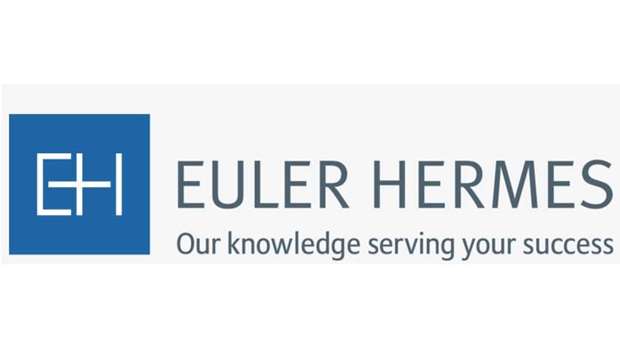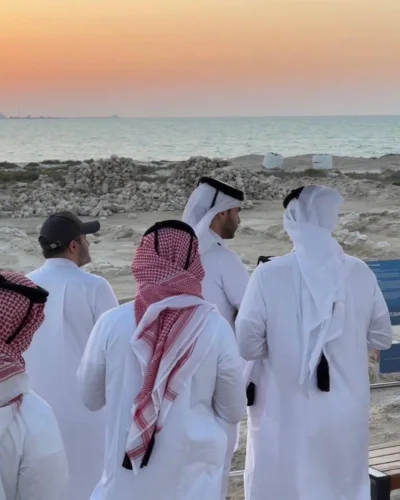*Euler Hermes forecasts real GDP growth of +1.5% in 2020 and +2.5% in 2021
Qatar's economy seems to have entered a new normal where the country will continue experiencing slower growth rates, Euler Hermes has said in a report.
Beyond 2021, growth may even soften further, for two reasons, the report said.
First, Euler Hermes does not expect global oil and gas prices to increase again (to pre-2014 levels) as global demand is likely to “stagnate or fall” against the background of rising climate change concerns.
Second, growing fiscal pressures in Qatar may be raising the risk of contract re-negotiation or cancellation for medium- or low-profile projects, it said.
According to Euler Hermes, the country’s mining and quarrying sector continued to contract in H2, 2019 and will also do so in 2020 as a whole.
The non-hydrocarbon sector should only gradually regain momentum in 2020 before picking up more rapidly in 2021 as construction activities in preparation for the FIFA World Cup 2022 enter the last stage.
“Overall, we forecast real GDP growth of +1.5% in 2020 and +2.5% in 2021,” Euler Hermes said.
On the country’s structural business environment, Euler Hermes noted, “The business climate in Qatar is generally adequate, ranking slightly above average in our assessment of 191 economies.”
The World Bank’s Doing Business 2020 survey ranks Qatar 77th out of 190 economies in terms of the overall ease of conducting commercial operations, a slight improvement from rank 83 a year earlier.
Marked advancements in the sub-components "getting credit" and "registering property" were the main contributors to that improvement. However, "protecting minority investors" (rank 157), "enforcing contracts" (rank 115) and "resolving insolvency" (rank 123) remain weaknesses in Qatar.
Euler Hermes said Qatar’s dollar peg is expected to hold as the Qatar Central Bank has large foreign exchange (FX) reserves to support the currency.
The currency peg (at QR3.64 to the dollar) has ensured “relative price stability” since 2010, Euler Hermes noted. Since September 2018, Qatar has experienced deflation (-0.7% on average in 2019) amid a "weak economic performance and declining housing market," according to the report.
Meanwhile, public debt has risen from 25% of GDP in 2014 to more than 50% in 2019 and is forecast to remain above that threshold in 2020-2021. Qatar will remain a large net external creditor, thanks to the huge foreign-asset position in the Qatar Investment Authority (currently estimated at $328bn).
In line with the fiscal account, the current account shifted into a deficit in 2016 (-5.5% of GDP) after 17 years of continued large surpluses.
However, it “rebounded” to a +3.8% of GDP surplus as early as 2017, which widened to +8.7% in 2018. As a result of much weaker exports, the external surplus narrowed to an estimated +3% of GDP in 2019 and is forecast to decline further to about +2.5% on average in 2020-2021.
“External debt is relatively high, estimated at around 60% of GDP, incurred by oil and gas investments since the 2000s, but repayment obligations are unlikely to present liquidity problems. The debt service to export earnings ratio stands at a moderate 13% or so.
“Financial resources will remain strong. Combined FX reserves of the central bank and the QIA represent well over 150% of annual GDP and cover more than 50 months of imports,” Euler Hermes said.




